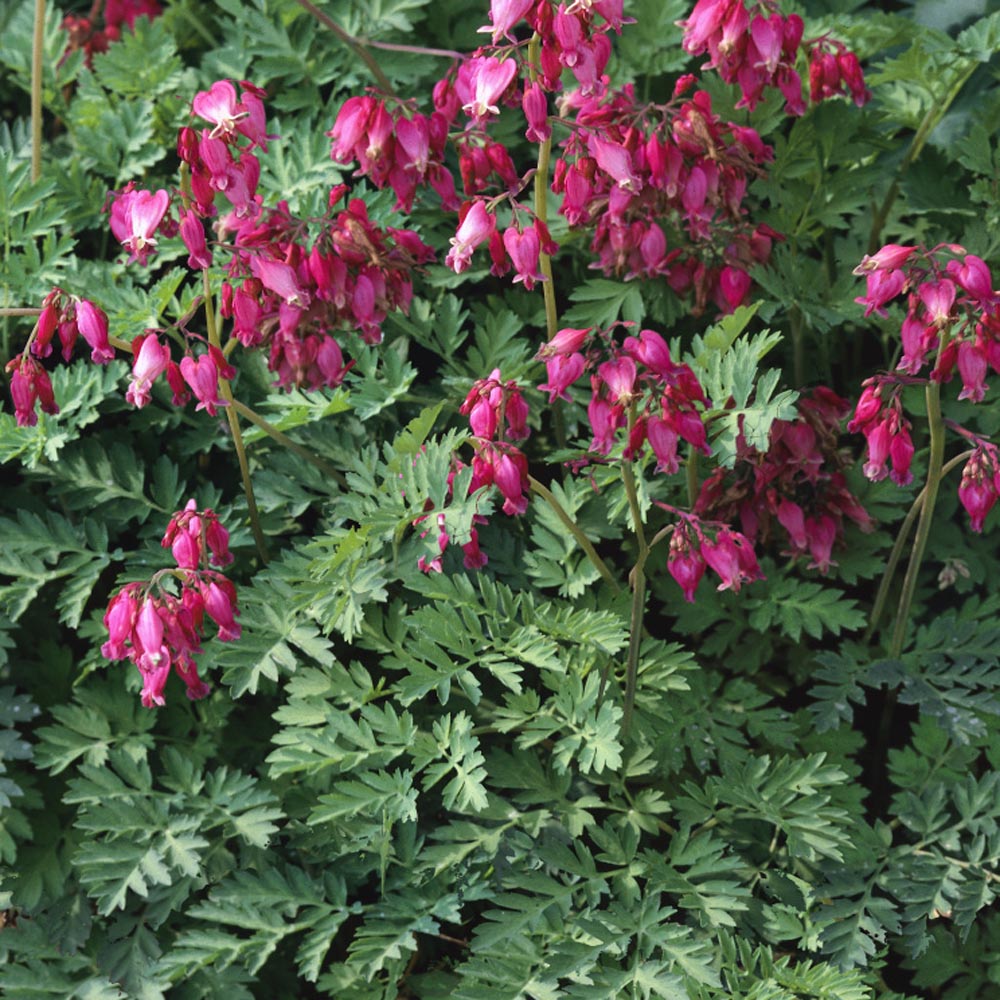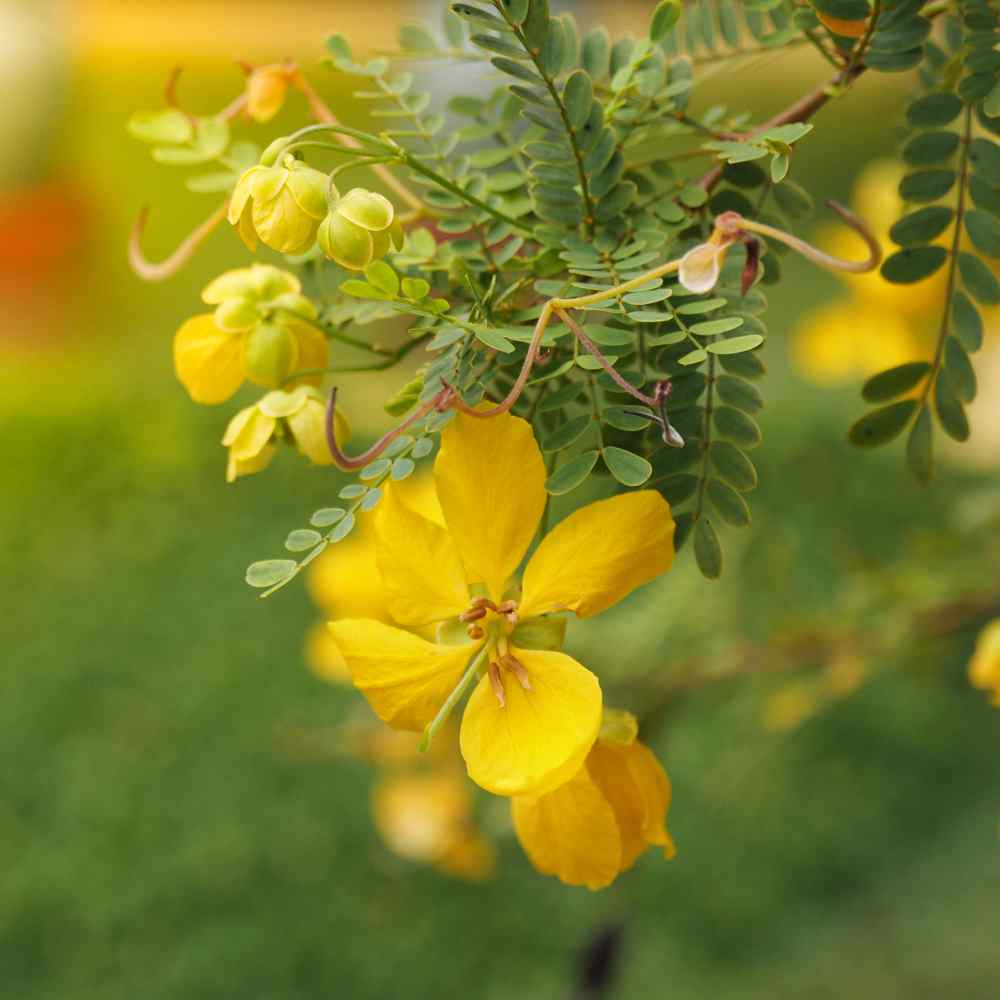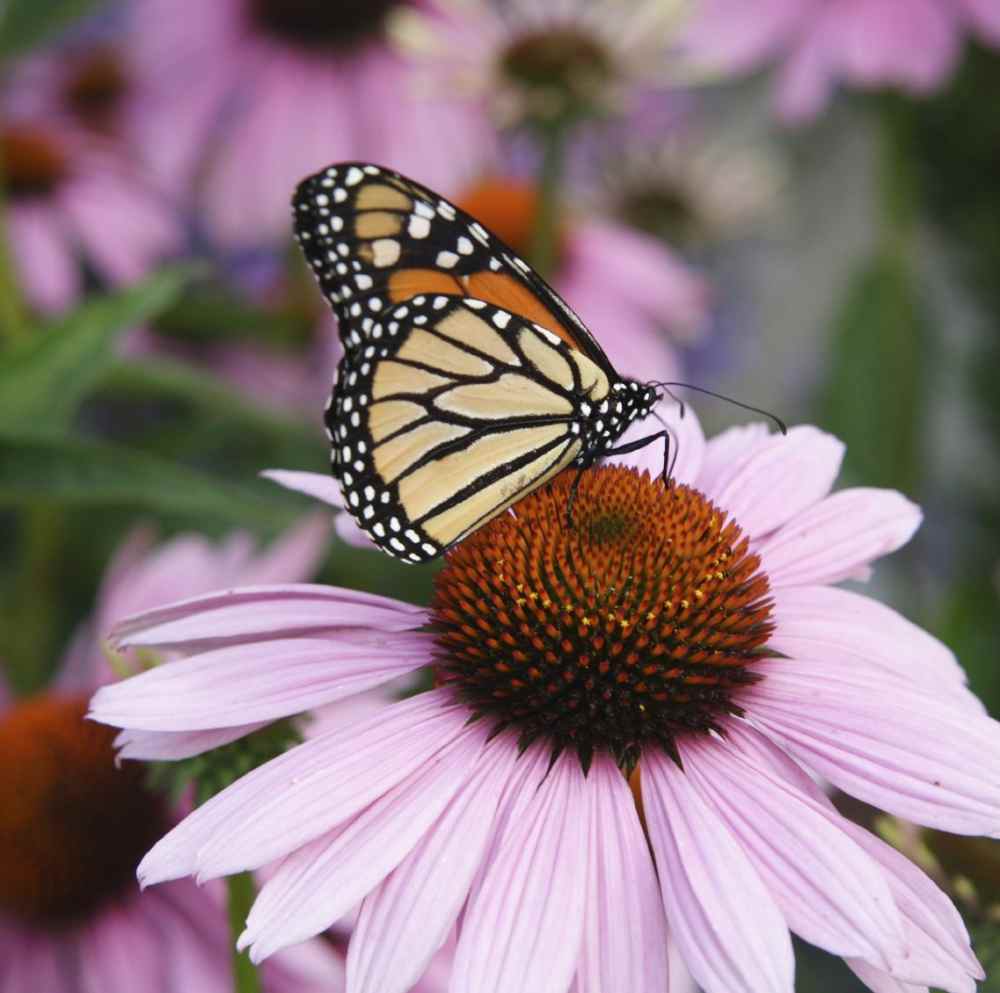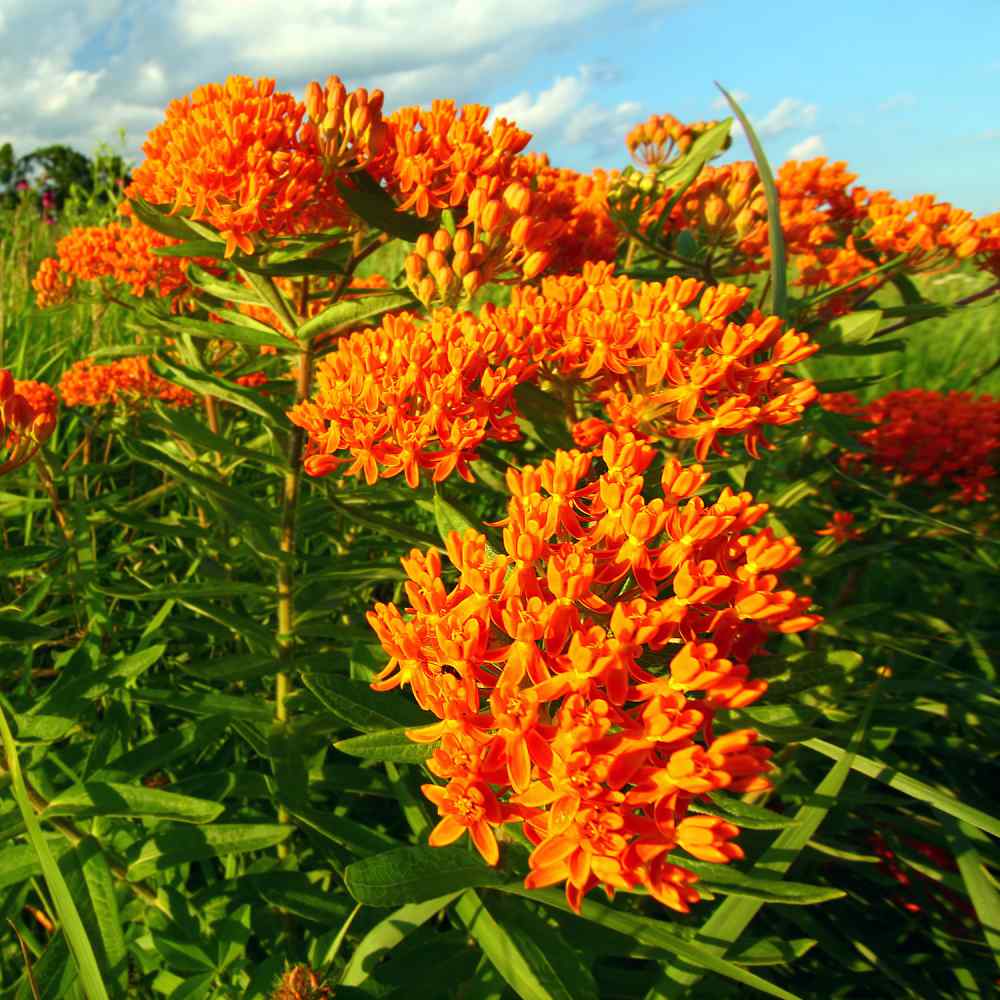
Dicentra Eximia Planting and Care Guide
Quick Facts About Dicentra Eximia
Dicentra Eximia (better known as Bleeding Heart) is a unique perennial native to the Appalachian Mountains. It gets its common name from its heart-shaped flowers that feature an inner "dripping" petal.
Planting Time
Bleeding Heart seeds should be planted indoors or outdoors in the summer, allowing them to go through a stratification process for germinating the FOLLOWING growing season.

Planting Location
Diascia should be grown in an area of full sun or partial shade in rich, moist, organic soil that drains well.
How to Grow Dicentra Eximia
- Bleeding Heart seeds require a warm-cold-warm stratification process in order to germinate. While staying consistently moist, the seeds require 1-3 months of warm temperatures, followed by 1-3 months of cold, before finally being ready to germinate in renewed warm temperatures. This can be accomplished either by sowing seeds in the summer and allowing the changing seasons to stratify the seeds, or you can perform the process indoors by alternating the seeds from a warm corner to the fridge.
- For indoor planting, sow seeds into trays or small pots filled with a seed starter mix.
- If sowing directly outdoors, first prepare a seedbed by removing weeds and breaking up soil.
- Surface sow 4-6 seeds per plant, then cover with vermiculite or sand.
- Even after the stratification process is complete, these seeds can take 30+ days to germinate.
- Once indoor seedlings have a few sets of true leaves, thin to the strongest seedling and transplant outdoors spaced 1-2 feet apart.
- Before transplanting seedlings into the garden, it's essential to "harden them off". This involves acclimating young plants to outdoor conditions by placing them in a sheltered outdoor area for about a week. Initially, shield them from strong winds and direct sunlight. If there's a risk of frost overnight, either cover the plants or bring them indoors, then return them outside in the morning. This hardening off method helps strengthen the plant's cell structure, minimizing transplant shock and sun damage.

Care And Maintenance
- Keep weeds under control during the growing season. Weeds compete with plants for water, space and nutrients, so control them by either cultivating often or use a mulch to prevent their seeds from germinating.
- Mulches play a vital role in preserving soil moisture and ensuring consistent soil temperatures. When it comes to annuals, using organic mulch made from shredded leaves not only enhances the appearance of the bed but also enriches the soil as it decomposes over time. Remember to keep mulch away from the plant stems to avoid potential rot issues.
- Water Bleeding Heart only once the top inch of soil has dried out. Don't overwater, as waterlogged roots will rot.
- This plant only requires fertilization if the soil is poor. Otherwise, well-amended rich soil will provide plenty of nutrients.
- Pruning Bleeding Heart is unnecessary except for removing browned foliage to improve appearance.




































